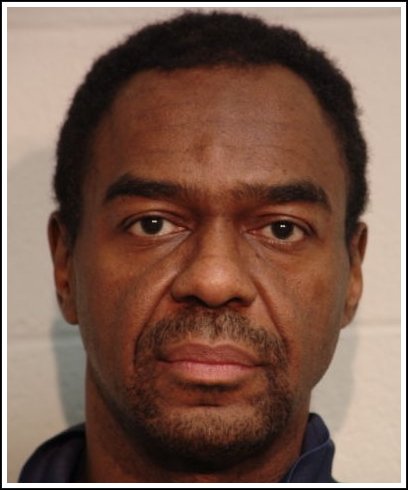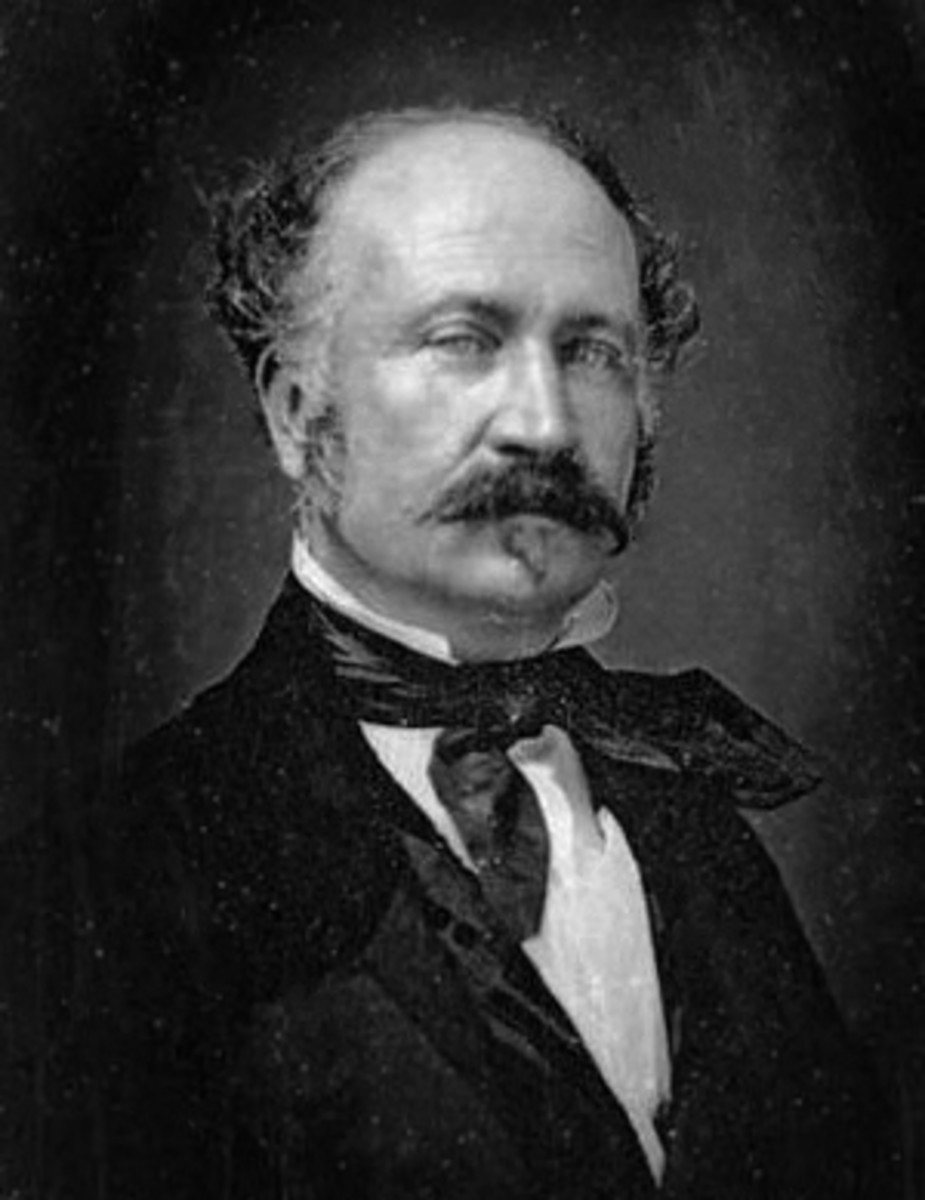- HubPages»
- Education and Science»
- History & Archaeology»
- History of the Americas
Coral Watts: The Sunday Morning Slasher


Up until the 1960s Coral Eugene Watts was known as a polite, quiet young man. But, after those relatively peaceful years he transformed into a vicious monster who earned the title “The Sunday Morning Slasher.” In the end he confessed to murdering over 80 women in Texas, Michigan and Ontario, Canada. But, since he wasn’t convicted for many of them, he was sentenced to 60 years in prison.
However, due to opportune circumstances and incompetent handling of the case he was set to be paroled in 2006, although Watts had several times been diagnosed by psychiatrists as likely to kill again. Fortunately, when the victim’s families discovered the ironic turn of events they set up a hue and cry, forcing the justice system to ensure he would never be released on society again.
Watts was born in Texas on November of 1953, to Richard and Dorothy Watts who divorced about two years after his birth. His mother moved to Detroit, Michigan. As a child Watts developed meningitis and had high fevers which contributed to his learning disabilities.
By the age of 15, he began exhibiting a violent behavior towards women. Watts had a paper route and one day while delivering papers he knocked on a door. When the lady of the house opened the door he assaulted her. He later told police "He just felt like beating someone up."

In September 1969, Watts was institutionalized for psychological evaluation in a hospital. Although his doctor diagnosed him as being paranoid with strong homicidal tendencies and considered dangerous, he was discharged within three months and placed on outpatient treatment.
After being released Watts continued high school. He began using drugs and preferred staying to himself. School officials frequently became irritated with having to discipline him for his violent attitude towards female classmates.
Before entering college on a special mentoring program at Western Michigan University Watts was again evaluated at the outpatient facility. His diagnosis still determined him to be dangerous and had a "strong impulse to beat up women." However, this information never came to light yet due to confidentiality policies.
In October of 1974, Watt’s violent tendencies erupted. He attacked Lenore Knizacky when she answered his knock on her door. She fought back and survived. But a few days later his next target, 19 year old Gloria Steele, wasn’t as lucky. She was found dead with 33 stab wounds to her chest. Another victim, Diane Williams, reported being attacked the next month under similar circumstances.

Knizacky and Williams identified Watts as their attacker in a police lineup and he was arrested on assault and battery charges. While incarcerated he confessed to attacking 15 females, but wouldn’t say anything about the Steele murder. Watts was committed to the Kalamazoo State Hospital where a psychiatrist learned Watts was suspected of possibly killing two women by strangulation at the previous institution in Michigan, but it couldn’t be proven. He diagnosed Watts with an anti-social personality disorder.
Before going to trial Watts had been ordered to undergo another evaluation at the Center for Forensic Psychiatry in Ann Arbor. The examining doctor described Watts as dangerous and likely to continue his psychopathic behavior, but competent to stand trial. Watts plead “no contest” and received a one year sentence for assault and battery charges. In June, 1976, he was back in Detroit with his mother.
In October 1979, Watts was picked up for prowling in a Detroit suburb. Although the charges were dropped it was noted during the previous year, five women in the vicinity had been attacked. But, none had been killed and they were unable to identify the assailant.
In April 1980, the Ann Arbor police, about 40 miles west of Detroit, responded to a call at the home of 17 year old Shirley Small. She had been repeatedly slashed with an extremely sharp instrument, possibly a scalpel. She bled to death shortly thereafter. From that point on, bodies began to pile up. Glenda Richmond, 26, was found dead at home from over 28 stab wounds. Rebecca Greer, 20, died outside her door from 54 stab wounds.
A task force led by Detective Paul Bunten was formed to investigate all murders occurring in their jurisdiction within five months of each other. They had no evidence or witnesses. However, another police officer who had been keeping abreast of the killings noticed there were strong similarities to Watt’s previous crimes and contacted the Ann Arbor authorities. By this time, Watts was married and working at a trucking company.
Attacks on women in Detroit and surrounding areas continued to mount and by September 14, 1980 at least eight more murders had been committed by stabbing, strangling or drowning in their bathtubs…all Watt’s trademark.
In November 1980, an Ann Arbor woman contacted police when she believed a man was following her in a car. When they stopped the suspect, they found screw drivers, filing tools and other sharp instruments in his car. The man was Watts. But this time there was a piece of incriminating evidence…a book having one of the slain women’s name on it. But unfortunately it wasn’t enough to tie him to the murder.
By this time Coral was getting fed up with Bunten’s task force, and moved to Columbus, Texas where he began working at an oil company. Apparently, to avoid suspicion, Watts began spending his weekends in Houston about 70 miles away. But Bunten was still dogging Watt’s heels and sent his case files to the Houston authorities. They located Watts but were unable to link him to any of their crimes.
Meanwhile deaths continued piling up:
· September 5, 1981, Lillian Tilley was attacked and drowned.
· Elizabeth Montgomery, 25, stabbed.
· Susan Wolf, 21, was attacked and murdered.
On May 23, 1982, Watts attacked apartment roommates Lori Lister and Melinda Aguilar. After tying them up, he attempted to drown Lister in their bathtub. Aguilar managed to escape by jumping off a balcony. Watts was caught and arrested. Another body was found the same day drowned in a nearby apartment.
Watts refused to talk until the Harris County Assistant District Attorney made a deal of immunity for any murder charges if he would confess. Watts thought that was a good deal and eventually admitted to attacking 19 women…13 of which he confessed to murdering. By the time it was over, Watts had confessed to 80 additional murders but wouldn’t provide any information on them since he had no immunity agreements for them.
Trying another ruse to get Watts convicted for more of his murders a judge ruled water in the bathtub could be constituted as a deadly weapon. That way the parole board would not be able to count Watt’s “good conduct time” when determining parole eligibility. However, that decision would later come back to haunt them.
In October1987, the court decided criminals had to be informed that a 'deadly weapon' finding could happen anytime during their indictment. Failure to do so would be a violation of a criminal’s rights. Watts had not been informed.
Therefore in 1989, the Texas Court of Criminal Appeals decided, because Watts had not been told bathtub water could be deemed a lethal weapon, he wouldn’t have to serve his entire sentence. Watts was now eligible for retroactive good behavior time served at three days for every one served. Watts would be released from prison on May 9, 2006.
Despite Watt’s legal maneuvering and appeals pending, Michigan State had never agreed to any plea bargaining and tried him for a 1979, stabbing death. Houston detectives followed suit charging him with another murder he had not been given immunity for.
A Michigan jury took less than four hours to find Coral Eugene Watts guilty of the 1979 murder making sure he would never get out of prison.



